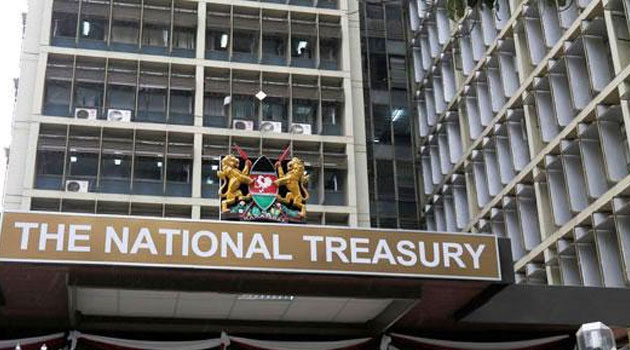
Health Ministry Blames Funding Gaps for Delayed Social Health Authority Rollout » Capital News
NAIROBI, Kenya Feb 10 – The Ministry of Health has attributed the delayed operationalization of the Social Health Authority (SHA) to funding shortfalls, with only 4 million out of 18 million registered contributors actively financing the Social Health Insurance Fund (SHIF).
The fund, which draws 2.75% contributions from both formal and informal sector workers, is intended to cover treatment across various healthcare facilities. However, Medical Services Principal Secretary Harry Kimutai highlighted sustainability concerns, citing low contribution rates—especially among informal sector workers with irregular incomes.
“This indicates a large portion of the registered population is not actively participating in financing. The challenge lies in the informal sector, which constitutes a significant portion of Kenya’s workforce and faces income instability,” Kimutai told MPs.
He further noted that 30% of Kenyans fall under the indigent population, relying on government subsidies for medical cover. To address these challenges, the Health Ministry is working on a sustainable financing model that considers population dynamics, healthcare costs, and inflation.
“SHA is investing in robust data analytics to understand the reasons behind low contribution rates. It examines demographic data, income levels, and the perceived value of the scheme to develop targeted interventions,” Kimutai added.
Patients Forced to Pay as Health Crisis Deepens
Meanwhile, patients seeking treatment for chronic and critical illnesses in public hospitals are being forced to pay out-of-pocket due to ongoing government financial constraints.
The funding shortfall has disrupted healthcare services across level two to level six hospitals, with Kimutai acknowledging that SHIF remains only partially operational—currently covering emergency services for the first 24 hours after admission.
“At present, the fund provides coverage for urgent care, resuscitation, and stabilization for specific emergency services as outlined in the Gazetted benefit package,” he stated.
He added that these services remain free for the first 24 hours, funded by the Exchequer. However, due to financial limitations, the chronic and critical illness components of SHIF have yet to be activated.
Despite the transition from the defunct National Health Insurance Fund (NHIF) to SHIF in October 2023, emergency, chronic, and critical illness packages were only partially implemented in December—covering emergency services in level five and six hospitals. The delay has left many patients stranded, with some turned away due to confusion over SHIF’s implementation and budgetary constraints.
“The system for these specific services was only activated in December, starting with level five and six hospitals. As a result, claims only began coming in at the end of December,” explained Tracy John, the acting director for benefits and claims management.
Anthony Lenaiyara, CEO of the Digital Health Agency, revealed that as of January, 21.6 million claims had been submitted under the fund, which was allocated Sh2 billion in the current financial year.
“This includes cases such as cardiac and pulmonary arrest, major trauma…” he noted, emphasizing the strain on the healthcare system caused by the funding gap.